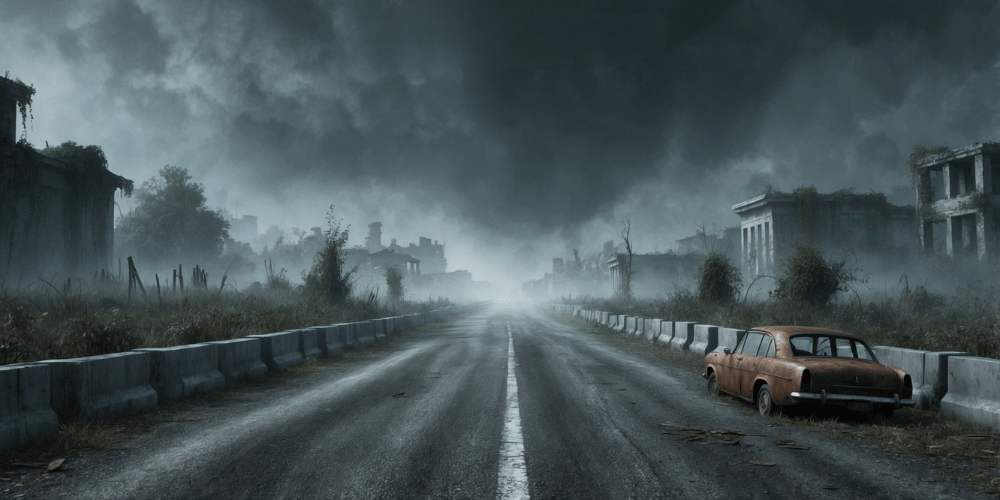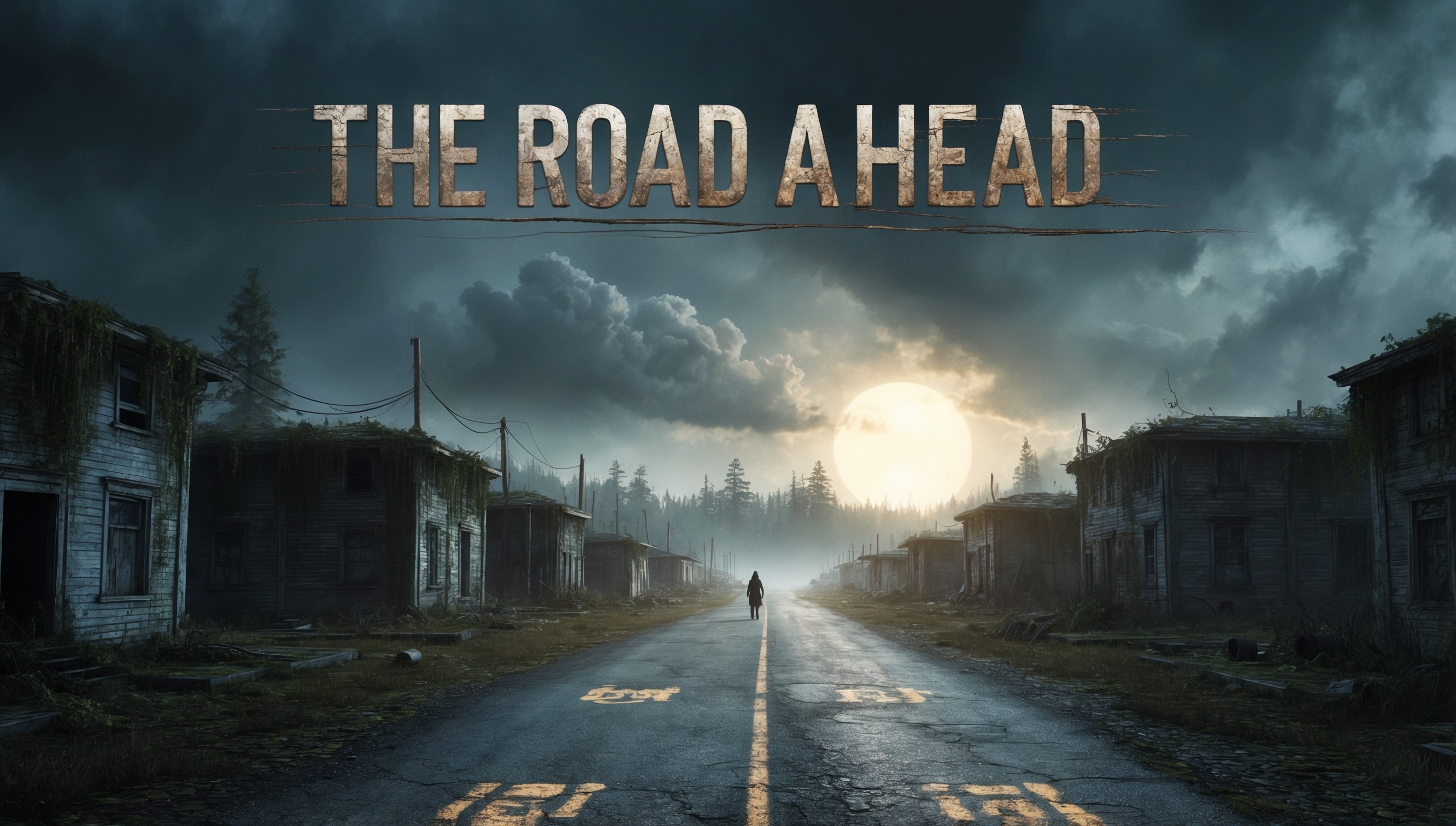
The gaming landscape has been enjoying a renaissance of compelling adaptations, driven by the success of thoughtful storytelling in adaptations like The Last of Us and Fallout. It’s as if we’re on the brink of a golden age, where narratives from beloved franchises transition seamlessly into interactive digital experiences. However, amidst this wave of enthusiasm, the recent release of a title inspired by the acclaimed A Quiet Place franchise gives reason for concern.
Instead of solidifying its place among standout adaptations, A Quiet Place: The Road Ahead presents a somewhat lackluster experience, tarnishing the legacy it seeks to uphold. Despite the intriguing source material, this game ultimately feels like a missed opportunity, leaving players craving depth and excitement.
The Allure of A Quiet Place

Welcome, Alex: Your Guide Through Horror
As you control Alex, you quickly learn how to blend into the environment. The meticulous attention to sounds—like carefully avoiding glass shards or puddles—adds an element of strategy meant to engage players. Particularly, her struggle with asthma becomes a fascinating layer to her character, particularly in a world where every breath could serve as a potential demise. This complexity should resonate deeply.
The Promise of Character Depth

While Alex’s backstory includes relatable elements such as unplanned pregnancy and a passion for music, which contradict the prevailing narrative’s gravity, the game disappointingly fails to develop these threads. The initial emotional undercurrents hint at a deeper narrative, but without a chance to connect with other characters, these themes feel superficial and unearned.
Hidden Motivations and Missed Connections
Character dynamics could have added layers to the gaming experience, yet they largely fall flat. The interactions are scripted but lack the emotional weight needed to create a compelling narrative. Thus, viewers tally moments of confusion rather than empathy when confronted with bizarre character decisions, leading to an overall disconnection.
A World Where Stealth Reigns
The most gripping aspect of A Quiet Place: The Road Ahead is its initial embrace of stealth mechanics. Discovering the ways to remain unseen while lurking through perilous environments is initially thrilling. However, the repetitive stress of avoiding detection soon turns into an exercise in monotony. What should have been an exhilarating balancing act of stealth and strategy, instead devolves into tiresome repetition.
Monsters that Fail to Engage
As the game progresses, players encounter the titular monsters that underpin the tension. These beings, equipped with heightened auditory senses, are a constant threat. Yet as players are pushed for stealth maneuvers, the predictability of the creature’s behavior grows frustrating. The challenge morphs from exciting to exhausting as players begin to question the rules governing these encounters.
Inconsistencies in Gameplay

While stealth should be paramount, the game’s logic often disappoints. For example, the monsters react unevenly to sounds, leaving players scratching their heads in bewilderment. Questions arise: Are the creatures hunting for food, or are they simply responding to perceived threats? These inconsistencies lead to a frustrating experience where players feel unsure of how to navigate encounters effectively.
A Flawed Sound Design
Sound, the lifeblood of A Quiet Place, paradoxically becomes a nuisance within the game. While the music aims to heighten tension, its frequent interruptions with audio cues for every minor sound detracts from the immersive experience. Players find themselves more distracted by repeated alerts than engaged in the plot.
Complicated Mechanics that Confuse
In an effort to enhance gameplay, the introduction of equipment like the Phonometer may seem promising; however, its functionality often confounds rather than aids players. The mechanics that are intended to provide information simultaneously sow confusion, complicating the already challenging gameplay.
Level Design: A Linear Experience
The level design confines players to defined paths, which removes the element of exploration that could have heightened the thrill. Waterlogged areas and broken glass become obligatory obstacles rather than innovative challenges, diminishing engagement. As players inch forward, they are often trapped in tedious patterns without avenues for creative solutions.
Frustration Lurking at Every Turn

The game’s pacing fluctuates drastically, with lengthy periods of minimal action that lead to fatigue. Rather than building tension through gradual excitement, the gameplay eventually feels like an endless chase with little variation, eroding the thrill of stealth and the essence of survival.
Repetitive Encounters Detract from Immersion
Repetition becomes the enemy as players find themselves in similar scenarios over time. Instead of crafting unique, spine-chilling encounters, the game serves up predictable patterns that fail to evoke the intended sense of horror. When routines replace surprise, the very essence of a horror experience falters.
The Final Verdict
Despite the game’s appeal from its source material, A Quiet Place: The Road Ahead ultimately disappoints. Characters lack depth, gameplay mechanics remain inconsistent, and sound design proves more overwhelming than engaging. While the foundations were set for a thrilling journey, the execution lands far below potential, delivering a tedious, lackluster adventure devoid of meaningful engagement. For all its aspirations, it turns out to be another reminder of what could have been—a missed chance to translate a beloved story into a compelling gaming experience.